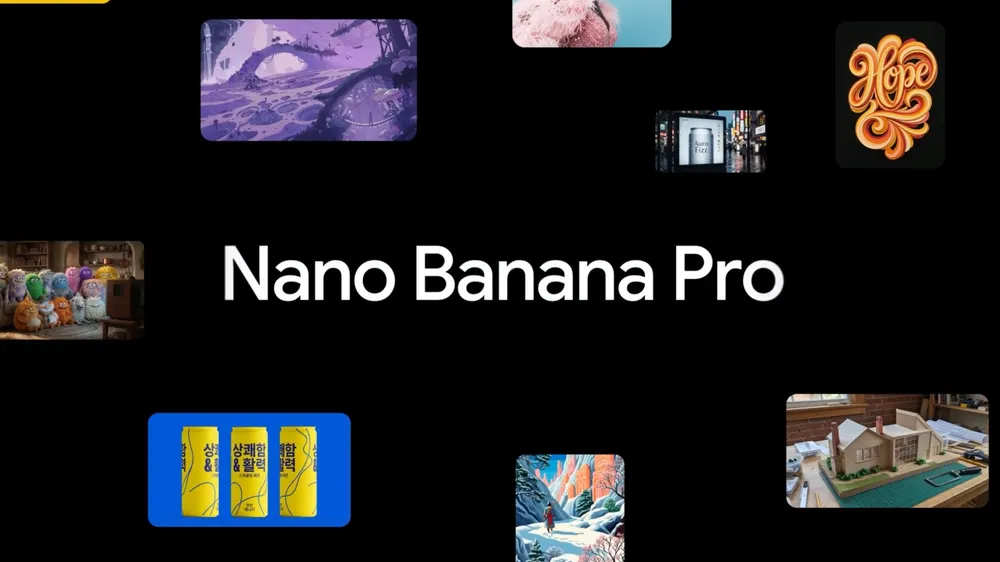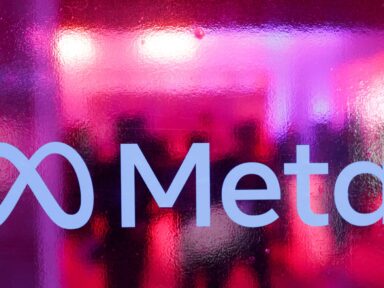Nano-Banana Pro: Google’s Revolutionary AI Model for Efficient On-Device Processing
Google has unveiled Nano-Banana Pro, a groundbreaking new AI model designed to bring powerful machine learning capabilities directly to your devices – without relying on constant cloud connectivity. This isn’t just another incremental update; it represents a significant leap forward in on-device AI processing, promising faster performance, enhanced privacy, and a more seamless user experience. The focus is on making sophisticated AI accessible even on resource-constrained hardware, opening up exciting possibilities for a wide range of applications. This article dives deep into what Nano-Banana Pro is, how it works, and what it means for the future of AI.
Understanding the Power of On-Device AI with Nano-Banana Pro
Traditionally, many AI-powered features – think voice assistants, image recognition, or real-time translation – have relied on sending data to powerful servers in the cloud for processing. While effective, this approach has drawbacks. It requires a stable internet connection, introduces latency, and raises privacy concerns as sensitive data leaves your device. Nano-Banana Pro tackles these challenges head-on by enabling AI processing *directly* on your smartphone, tablet, or other devices.
The key to Nano-Banana Pro’s efficiency lies in its innovative architecture. It’s a highly optimized version of Google’s existing Banana model, specifically engineered for mobile and embedded systems. The “Nano” designation signifies its incredibly small size – significantly smaller than its predecessors – without sacrificing performance. This reduction in size is achieved through techniques like quantization and pruning, which reduce the precision of the model’s parameters and remove unnecessary connections. The result is a model that can run quickly and efficiently on devices with limited processing power and memory. This is a game changer for applications where real-time responsiveness is critical, such as augmented reality, gesture recognition, and advanced camera features. Furthermore, keeping data processing local enhances user privacy, as personal information doesn’t need to be transmitted to the cloud.
Google highlights that Nano-Banana Pro isn’t just about shrinking an existing model. It’s about fundamentally rethinking how AI is deployed, making it more accessible and practical for everyday use. They’ve focused on creating a model that’s not only small and fast but also adaptable to a variety of tasks.
Applications and Potential of Nano-Banana Pro
The potential applications of Nano-Banana Pro are vast and span numerous industries. In the realm of mobile photography, imagine a smartphone that can instantly enhance images, remove unwanted objects, or apply artistic filters – all without sending data to the cloud. This is already happening with some existing on-device AI features, but Nano-Banana Pro promises to take these capabilities to the next level.
Beyond photography, Nano-Banana Pro could revolutionize accessibility features. Real-time transcription and translation could become even more accurate and responsive, benefiting individuals with hearing impairments or those communicating across language barriers. The model’s efficiency also makes it ideal for powering smart home devices, allowing them to respond to voice commands and sensor data without relying on a constant internet connection.
Google is also exploring applications in healthcare, where on-device AI could be used to analyze medical images, monitor patient health, and provide personalized recommendations. The privacy benefits of on-device processing are particularly crucial in this sensitive domain. Furthermore, the model’s small size makes it suitable for deployment on wearable devices, enabling continuous health monitoring and early detection of potential health issues. The possibilities extend to robotics, autonomous vehicles, and industrial automation, where real-time decision-making is paramount. For developers, Nano-Banana Pro offers a powerful toolkit for creating innovative AI-powered applications that are both efficient and privacy-preserving. You can learn more about the underlying technology and its potential at Google AI Blog.
The Future of Edge AI and Google’s Commitment
Nano-Banana Pro is a clear indication of the growing trend towards “edge AI” – the practice of running AI models on devices at the edge of the network, rather than in the cloud. This approach offers numerous advantages, including reduced latency, enhanced privacy, and increased reliability. Google is heavily invested in edge AI, and Nano-Banana Pro is just one example of their commitment to pushing the boundaries of what’s possible.
The company is actively working on developing new hardware and software tools to support edge AI deployments. This includes specialized AI accelerators, optimized software frameworks, and tools for model compression and quantization. Google’s ultimate goal is to make AI accessible to everyone, regardless of their internet connectivity or device capabilities. Nano-Banana Pro represents a significant step towards achieving that goal, paving the way for a future where AI is seamlessly integrated into our daily lives. The continued development of models like Nano-Banana Pro will undoubtedly unlock new and exciting possibilities, transforming the way we interact with technology and the world around us.
Conclusion
Nano-Banana Pro isn’t just a technical achievement; it’s a paradigm shift in how we think about AI. By bringing powerful machine learning capabilities directly to our devices, Google is empowering users with faster, more private, and more reliable AI experiences. As edge AI continues to evolve, we can expect to see even more innovative applications emerge, transforming industries and improving our lives in countless ways. The future of AI is undoubtedly on the edge, and Nano-Banana Pro is leading the charge.
FAQ
What is Nano-Banana Pro?
Nano-Banana Pro is a new AI model developed by Google designed for efficient on-device processing. It’s a smaller, faster version of their existing Banana model, optimized for mobile and embedded systems.
What are the benefits of on-device AI processing?
On-device AI processing offers several benefits, including reduced latency, enhanced privacy (as data doesn’t need to be sent to the cloud), and increased reliability (as it doesn’t rely on a constant internet connection).
What are some potential applications of Nano-Banana Pro?
Potential applications include improved mobile photography, real-time translation, enhanced accessibility features, smart home automation, healthcare monitoring, and robotics.
How does Nano-Banana Pro achieve its efficiency?
Nano-Banana Pro achieves efficiency through techniques like quantization and pruning, which reduce the size and complexity of the model without significantly sacrificing performance.
Is Nano-Banana Pro available for developers to use?
Google is making Nano-Banana Pro available to developers, providing them with tools to create innovative AI-powered applications. More information can be found on the Google AI Blog.
What is “edge AI” and how does Nano-Banana Pro fit into that trend?
Edge AI refers to running AI models on devices at the edge of the network, rather than in the cloud. Nano-Banana Pro is a key example of Google’s commitment to edge AI, enabling powerful AI capabilities on resource-constrained devices.
















How would you rate Nano Banana Pro: Tiny AI Breakthrough?